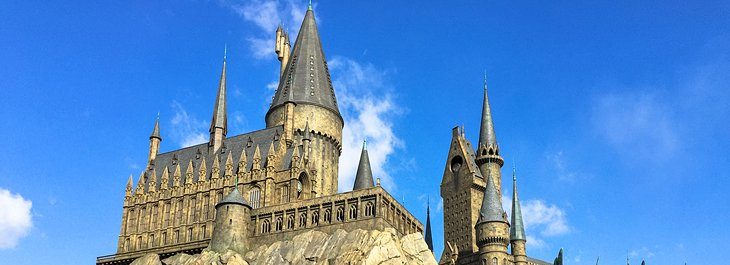Easter Island: A Place of Mystery and Wonder
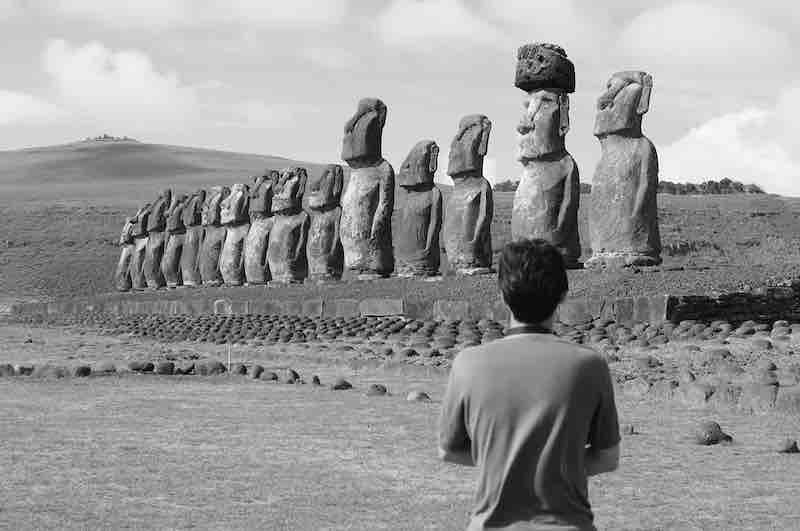
Easter Island is one of the most isolated places on Earth, located in the middle of the Pacific Ocean.
It’s home to some of the most mysterious and fascinating ancient ruins in the world.
When you visit Easter Island, expect to be overwhelmed with curiosity and wonder about the history and mystery of this place.
As tourism on this ancient island continues to increase, thanks in part to Steven Spielberg’s ‘Indiana Jones’ films, more and more people from all over the world come each year with one thing in mind: To explore Easter Island.
Easter Island offers fantastic opportunities for sightseeing and adventure to those looking for something different from their usual vacation spot.
There are many things to do while visiting: visit one of the museums, hike through volcanic valleys or explore caves used as shelters by ancient peoples living on the island. Drive around, taking in all of the natural beauty, or relax on one of its beaches.
History of Easter Island
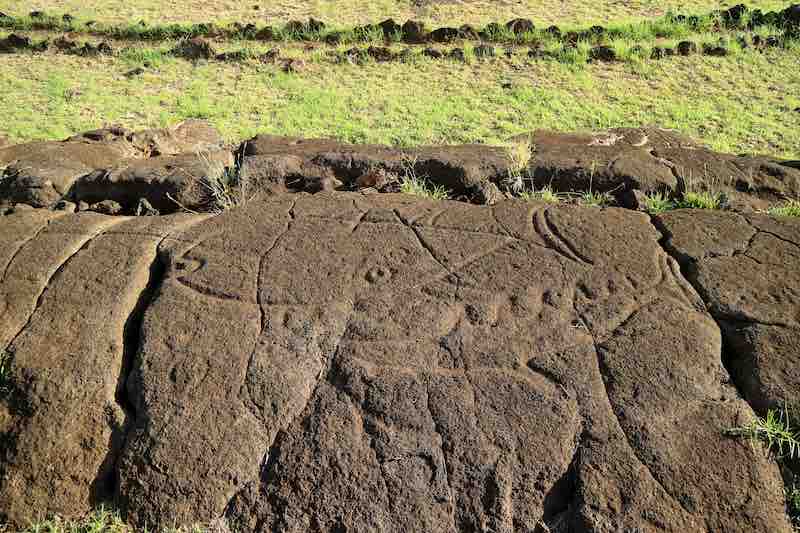
If you visit Easter Island, you will see two very distinct regions on this tiny island: The volcanic highlands and the lower coastal plains.
The Rapa Nui people (named ‘Easter Islanders’ by a Dutch explorer who visited the island on Easter Sunday in 1722) inhabited both regions during European contact in 1722.
But even 500+ years ago, it was clear to see that one region was much more populated than the other.
It all started when a small group of explorers settled in one particular region, which is now known as Hanga Roa.
This settlement provided its inhabitants with an easily accessible water source, fertile land to plant crops, and relative safety from invaders.
The small settlement eventually grew to become the island’s premier town; most of the visiting tourists go since there are hotels, restaurants, and shops.
As the population continued to grow, more families chose to live in Hanga Roa rather than building new settlements in the other regions.
Over time, this led to the entire island becoming populated by one society, all having similar traditions, beliefs, and physical appearances.
Long before Europeans landed on its shores, Easter Island was inhabited by Polynesians who discovered it sometime around 300 AD (or CE).
The Rapa Nui people prospered for many years as they slowly expanded their population and territory, but this all ended around the 17th century.
Several factors led to the demise of the Rapa Nui civilization, which included deforestation of precious wood used for canoes (which were vital for fishing), civil war amongst competing chiefs, slave raids by rival groups against each other, diseases brought over from abroad (including smallpox), and of course, pirates.
These events drastically shrunk the island’s population; today, it is believed that only about 3,000 Rapa Nui people live on Easter Island.
As time went by, most of the remaining residents left their homes, searching for better opportunities elsewhere; mainly Tahiti and Marquesas Islands, where they could once again work as fishermen.
In the early 1800s, European missionaries came to Easter Island and established a small settlement in Hanga Roa.
Their goal was to educate and convert the Rapa Nui people to Christianity.
The last known “pure-blooded” Rapa Nui islander died in the 1950s, but about 40% of residents today have partial Rapa Nui ancestry.
Geography of Easter Island
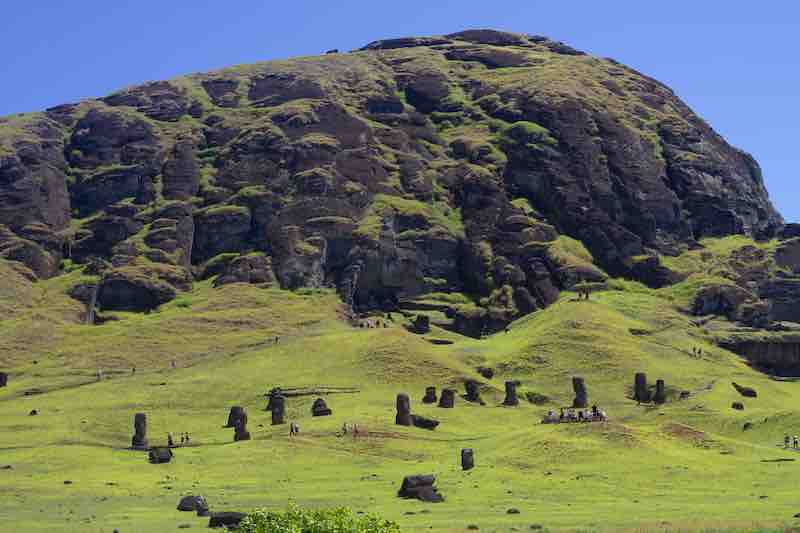
Easter Island (Isla de Pascua) is an island in the southeastern Pacific Ocean and one of the most isolated islands on Earth.
It’s located approximately 2,200 miles from the nearest continent and about 3,700 miles away from Chile’s closest continental country.
The island itself spans 163 square miles and has a population of roughly 5,000 residents. There are two central regions that you’ll visit when visiting Easter Island: Hanga Roa and Rano Raraku, which are both dotted with various volcanic craters as well as several large lava fields.
Hanga Roa is Easter Island’s largest town and is where you’ll find the island’s only airport as well as its main port.
The town also serves as a hub for tourists since it holds most of Easter Island’s hotels, restaurants, and shops.
Rano Raraku is a volcanic crater located to the south of Hanga Roa. It once contained a thriving population of about 900 quarry workers who carved hundreds of statues out of its rock using essential tools such as basalt picks.
UNESCO has recognized Easter Island as a World Heritage Site due to its many archaeological sites dating back centuries, including more than 300 Moai statues divided into various groups.
Attractions not to miss on Easter Island
Easter Island is made up almost entirely of volcanic rock, which means that the landscape is very different from what you’d see in other parts of the world, where land is made up primarily of dirt and soil.
Over millions of years, this island has evolved as lava slowly hardens into a new land, thus creating cliffs, rocks, caves, black sand beaches, hills covered in vegetation, and grasslands.
1. Ahu Tongariki
The most famous place to visit here is, without a doubt, Ahu Tongariki, also referred to as Easter Island’s version of Stonehenge.
Ahu Tongariki consists of moai statues lined up along a 300 foot-long platform overlooking the ocean.
It is the largest ahu with the tallest moai on Easter Island.
All 15 statues are 13 feet tall, weigh 75-100 tons each, and face east towards the island’s former capital.
The only thing that remains of this capital now is a massive stone wall which was once part of a larger complex that included several houses for essential figures.
Rapa Nui people believe their ancestors built this massive platform between 1200 – 1500 AD.
2. Maunga Terevaka
Maunga Terevaka is Easter Island’s most prominent hill at 1,000 feet above sea level; it dominates the landscape over Ahu Tongariki.
There are more moai on top of this hill, but they are smaller, ranging from 6.5 feet to 10 feet tall each.
The stone statues on top of this hill face the Pacific Ocean since they were carved after Ahu Tongariki.
It has been speculated that Maunga Terevaka may also represent Rapanui God Makemake, who was greatly revered among the ancient Rapa Nui people.
3. Ana o Keke Caves
Ana o Keke Caves are located at 1,323 feet above sea level and can be reached by foot or horseback riding tour from Hanga Roa.
The caves are two holes in a rock wall leading to small chambers inside; each is said to hold ancient secrets about Easter Island’s history.
The legend states that groups of men would climb into these two holes in the past and wait there in silence to receive messages about their future.
They believed that spirits (te rongorongo) within the rocks could read their minds and send them messages through dreams at night. The drawings on Ana o Keke cave walls were also created by ancient Rapa Nui people over a millennium ago.
4. Vinapu
In addition to Ahu Tongariki, perhaps the most remarkable feat of ancient engineering found on Easter Island is at the Vinapu site, which consists of a large semi-circular wall made from colossal stone slabs fitted together tightly that not even a knife blade can fit between each block.
Rapa Nui legend claims that the original entrance to Vinapu on the west side was guarded by two life-sized stone giants with their arms stretched out in front of them.
Where to stay on Easter Island
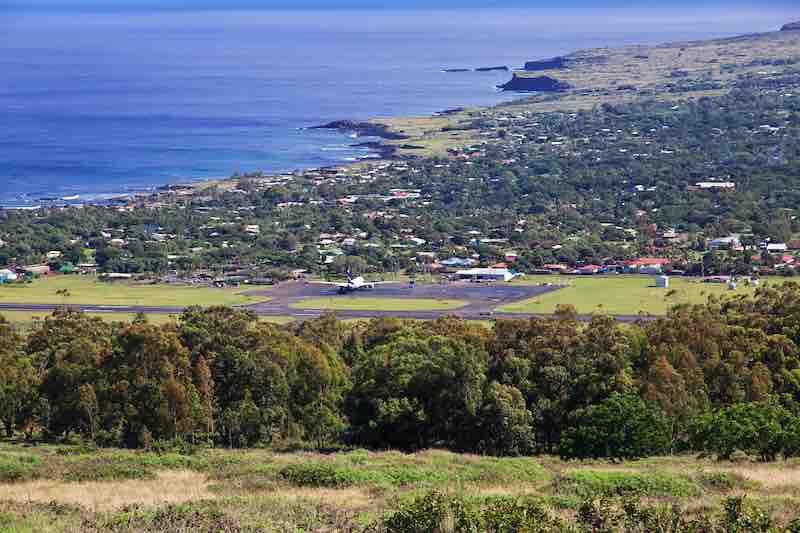
The two major cities on Easter Island where you can find the most accommodations are Hanga Roa and Mataveri.
Hanga Roa is the only town with an airport, but both have large hotels for your convenience.
Many visitors choose to stay at a hotel located right along the beach since it offers easy access to other attractions around Easter Island and nightlife entertainment.
1. Moana Nui Hotel
The Moana Nui Hotel is within walking distance from almost any other place you’d like to visit on Easter Island, making it a great place to base yourself while exploring different parts of the island by day.
2. La Pérouse Bay Beach Resort & Spa
Another great place to stay on Easter Island is La Pérouse Bay Beach Resort & Spa.
This hotel is also located within walking distance or a short drive to other sites like the Ana Kai Tangata cave, Ahu Tahai, and Toa Restaurant.
Famous for its open-air design, this luxury hotel has breathtaking views of the tepid waters around Hanga Roa as well as expansive gardens that are exceedingly well maintained.
There are plenty of activities at La Pérouse Bay Beach Resort & Spa, such as off-roading trails, horseback riding tours, spa services, fishing expeditions, and cultural exchanges with local people who live nearby.
3. Hotel Iorana
Located near the giant Moai statue at Ahu Tongariki, you’ll find the Hotel Iorana, one of the most popular hotels on Easter Island for international visitors.
With over 100 rooms to choose from, the hotel offers a wide range of amenities, including an outdoor swimming …

